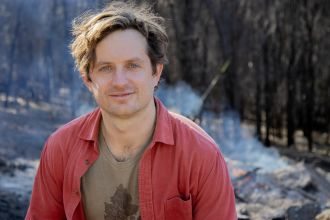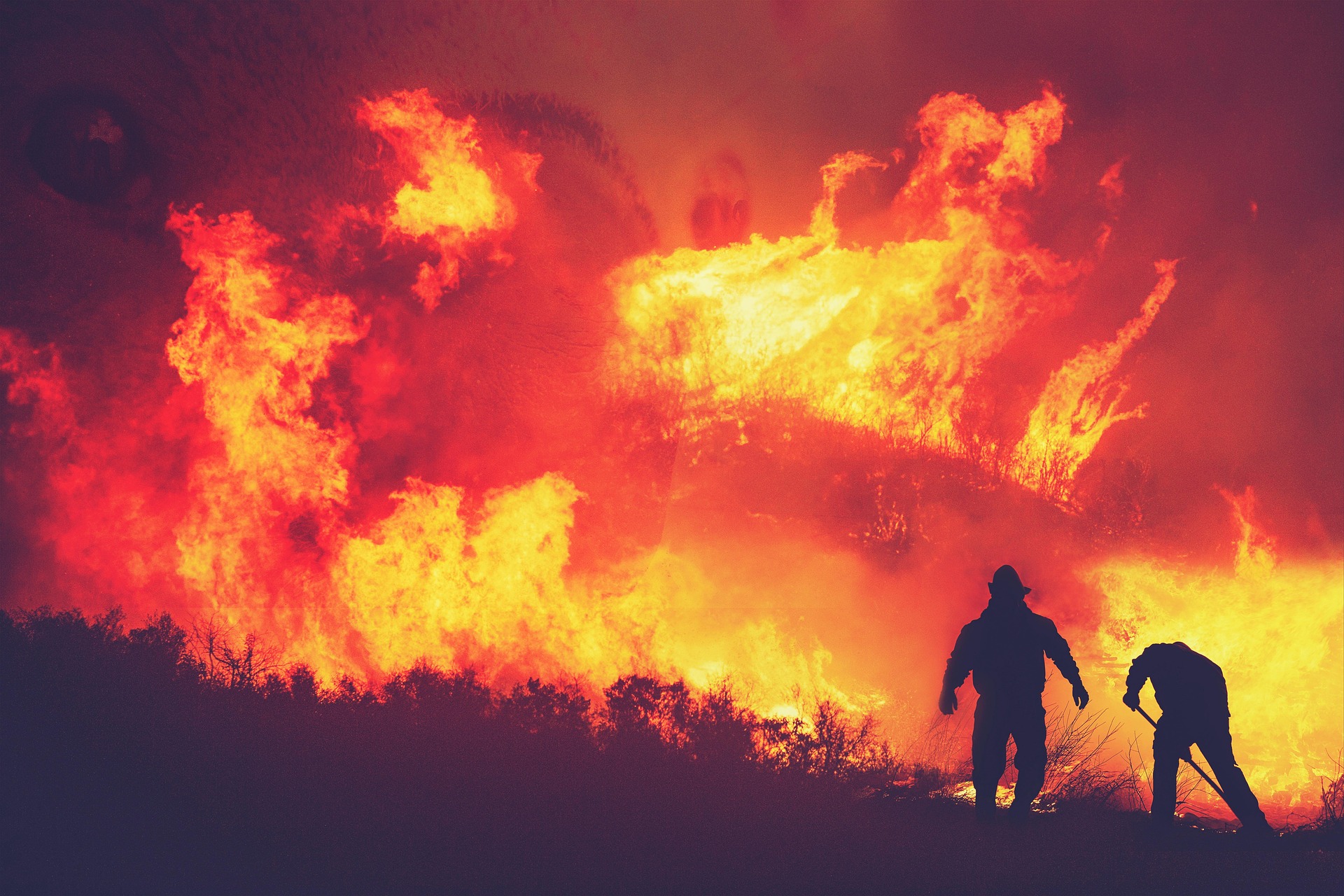Media release
From:
Catastrophic wildfire disasters have surged globally with 43 per cent of the world's worst fires striking in just the past decade, University of Tasmania research published in the journal Science reveals.
Analysing 44 years of disaster data, researchers found economic disasters increased more than four times and fatal disasters causing 10 or more deaths tripled since 1980, with particularly sharp increases in recent years.
"We're witnessing a fundamental shift in how wildfires impact society," said lead author Dr Calum Cunningham from the University of Tasmania's Fire Centre.
"These aren't just bigger fires, they're fires occurring under increasingly extreme weather conditions that make them unstoppable."
The study examined wildfire events that either killed 10 or more people or ranked among the 200 most economically damaging relative to a country's wealth.
This escalation has occurred despite massive increases in firefighting investment. US federal fire suppression spending increased 3.6-fold to US$4.4 billion (AUD$7.0 billion) by 2021, yet disasters continued accelerating.
Damage peaked catastrophically in 2018 at five times the 44-year average, totalling US$28.3 billion (AUD$45.2 billion) globally. Half of all 43 billion-dollar fire events since 1980 occurred in the last decade alone.
The researchers found disasters occur where three factors converge: intense daily fire activity, populated areas, and valuable infrastructure. Mediterranean-type forests found in southern Europe, California, southern Australia and Chile, along with temperate conifer forests in places like western North America, experience disasters at rates far exceeding their land area.
Critically, half of all disasters struck during the most extreme weather conditions on record: the worst 0.1 per cent of days that occur only once every three years. These extreme "disaster weather" conditions have become dramatically more common, with severe fire weather increasing more than twice, atmospheric dryness increasing 2.4 times, and severe droughts increasing 3.4 times since 1980.
"We're dealing with fires under weather conditions fundamentally more dangerous than previous generations experienced," said co-author Professor David Bowman from the University of Tasmania.
This predictive capability proved tragically accurate when the research team's risk model successfully forecast major disasters that occurred after the study period, including the devastating Los Angeles fires in January 2025, estimated at US$65 billion (AUD$104 billion) and likely the costliest fire disaster in history. Chile's deadly Valparaíso fires in 2024, which killed 135 people, also struck in an area the model identified as extremely high risk.
"This provides a roadmap for where the next catastrophic disasters are most likely to occur," Professor Bowman said. "But climate change has fundamentally altered the game. We need to adapt how we live with fire, not just fight it."
The true impact extends far beyond recorded direct losses. While Indonesia's 2015 fires caused US$1.2 billion (AUD$1.9 billion) in direct damage, the World Bank estimated total economic costs at US$19.9 billion (AUD$31.8 billion). Smoke from landscape fires kills an estimated 1.5 million people annually worldwide, yet these deaths are absent from disaster databases.
Australia sits prominently among global disaster hotspots, with Mediterranean and temperate forest regions identified as among the world's highest risk areas. The study calls for urgent comprehensive adaptation strategies combining Indigenous fire management with modern approaches including fuel reduction, building standards, and evacuation planning.
Multimedia




 Australia; TAS
Australia; TAS


